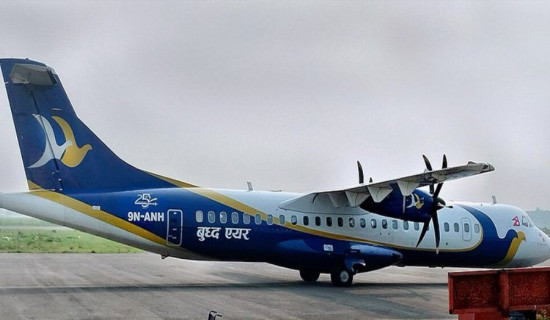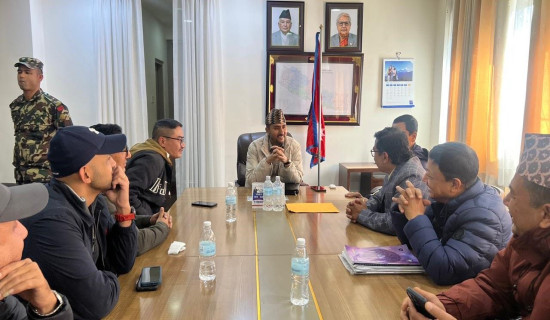- Sunday, 30 November 2025
Ways to make roads safe: a pedestrian's perspective
Uma
Regmi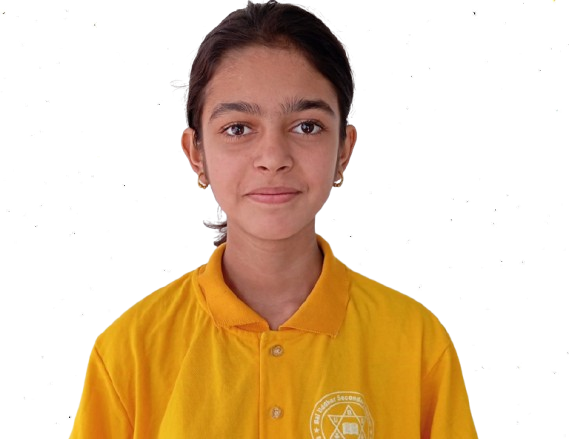
It is necessary to focus on the difficulties faced by pedestrians and the inefficiencies caused by the current traffic regulations. The common use of roads by both fast-moving, potentially dangerous vehicles and vulnerable pedestrians requires synchronization in order to avoid accidents. Both riders and walkers find it dreadful in passing through the interface. Despite many improvements made so far, problems still remain. During the time clearly allotted for pedestrians, vehicles turning on their lane, to left in case of Nepal, are also allowed to move. As a result, both walkers and riders are on the same road, at the same time. This causes confusion and uncertainty. With the green signal, a pedestrian begins to cross the road, but gets scared when she/he finds an unexpected vehicle suddenly coming towards him, sometimes the driver yelling at him/her, are you blind? Let us not get into the attitudes of driver for now.
While a pedestrian waits for lane to clear, crossing
time may run out, leaving him/her unaware and helpless, stuck in the middle of
a busy road. The situation becomes even more dangerous during bad weather, at
night, or in poor visibility. It is important to devote a specific time only
for those on foot to let them cross the roads without any worries. The current
regulation badly impacts young children, elderly people, the physically or
mentally compromised. The system heavily relies on mutual understanding and
cooperation between walkers and drivers. Better would a be foolproof provision:
regard all pedestrians as special age, blind, deaf, or somehow unable to promptly
respond to unexpected situations. There are people who do not consider
themselves as blind but may be visually impaired, those who are not necessarily
deaf but with slight hearing problems. If someone slips or falls on the road,
they must still be safe. Slipping is an accident but all deserve the right to
live. On busy roads, where efficiency is essential, a better solution could
also be a faster one. It would be quicker if pedestrians could cross the road
freely, without having to look right and left after each step.
The continuous honks do no good. For instance, a
study published in the International Journal of Environmental Research and
Public Health found that traffic noise causes an increase in walking speed,
thus increasing stress which increases chances of accidents. Honking should be
checked, and absolutely banned as a tool of clearing the street. Japan has
banned honking the horn in most occasions. Nepal should immediately address
this issue.
If needed, the waiting time for the pedestrians can
be increased. On their turn, sufficient time should be given, ensuring that even
the lames can safely reach the other side. Turn on Red was implemented by North
American Traffic Engineers as a measure to save fuel and reduce idling.
However, if pedestrians are to cross the road at the same the vehicles need to slow
down and be on gear one, effectively killing the intended fuel-saving. For
safety concerns Nepal must ban turn on red in line with countries such as United
Kingdom, New Zealand, Ireland, Argentina
There are other options. A pedestrian overpass can be built over busy, difficult, and converged roads. Costly it may be, the overpass allows uninterrupted and safe movement of pedestrians, reduces the accidents, and helps to ease the overall traffic pressure. Kathmandu has overpasses in busy places such as Ratna Park, Shahid Gate and New Baneshwar, but some people try to forcefully cross the road. Some of the unruly may have genuine reasons, such as physical disability and absence of assisting hands. Construction and elevators is a solution. Once an overpass coupled with elevators is made, the road should be fenced making it hard to trespass with simple efforts. Such provisions significantly reduce the frequency of road accidents. Organized and well-regulated road system will help travel efficiency and benefit both pedestrians and vehicles.
(Author Uma is a grade 10 student at Shree Bal Uddhar Secondary School, Budhanilkantha Municipality-10, Kathmandu)


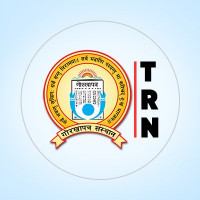

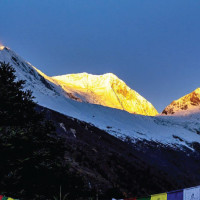

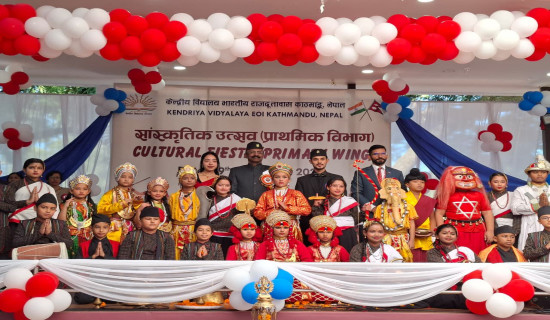
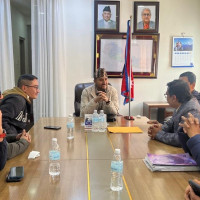

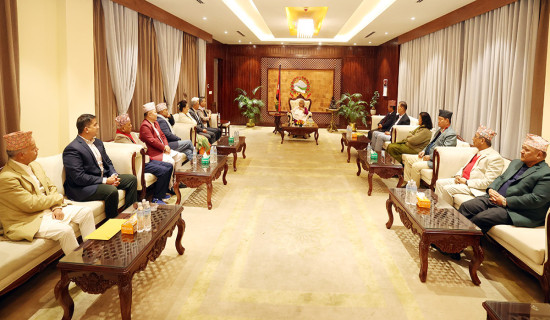
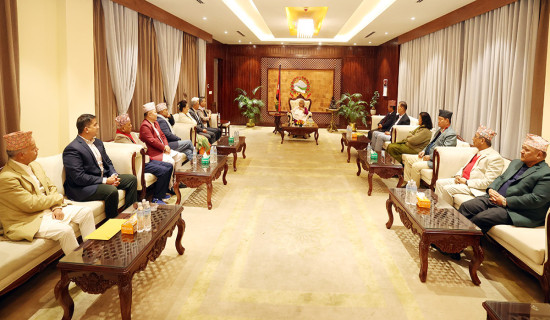
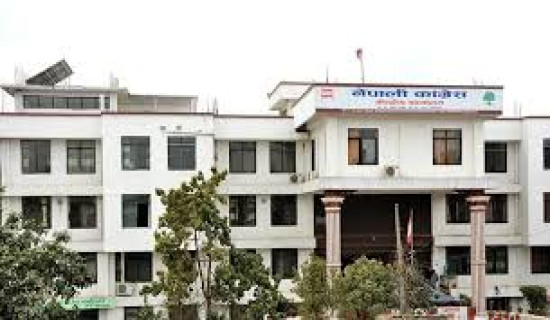
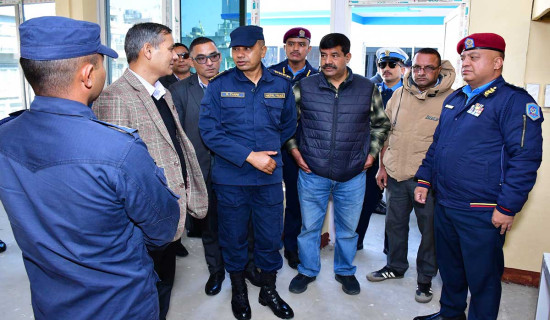
-original-thumb.jpg)
